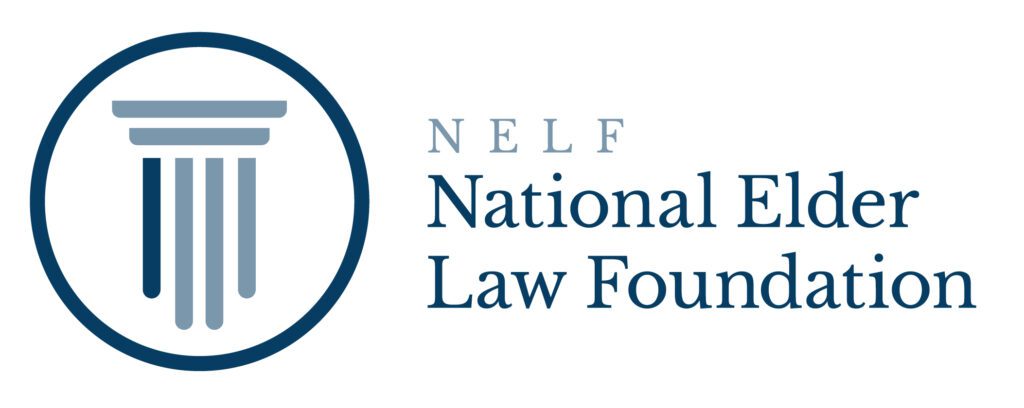The cost of care in a nursing home can devastate the lifetime savings of elderly couples. In 1988, Congress passed a law intended to prevent the “spousal impoverishment” that can result when one spouse becomes a nursing home resident.
Under this Medicaid law, minimum amounts of resources and income are protected for a spouse who is still living in the community. These protected amounts are adjusted each year to account for inflation.
The Federal Government has published the consumer price index for all urban consumers, all items, U.S. city average (the CPI-U) for the month of September 2015. Using these figures it is possible to project Medicaid’s 2016 Community Spouse minimum and maximum resource allowance and maximum income allowance for 2016.
What are Community Spouse Resource and Income Allowances?
In general, when your spouse is in a nursing home or needs assistance with home care under a Medicaid Waiver program (like Pennsylvania’s Aging Waiver program) he or she will not qualify for Medicaid benefits until your combined financial resources are reduced to a certain level. That permitted level of so-called “available resources” varies depending on your financial circumstances.
For nursing facility residents, the general rule is that the community spouse can keep ½ of the amount of available resources that were owned by the couple on the date of admission to the nursing facility. However, this standard protected “Community Spouse Resource Allowance” is subject to a ceiling and a floor. The ceiling and floor amounts for 2015 and 2016 are set out below.
In addition to being allowed to keep the resource allowance, the community spouse is also entitled to have a certain level of income called the Monthly Maintenance Needs Allowance. This income allowance is also subject to a ceiling and a floor. If the community spouse does not have the required level of income, that spouse may be allowed to keep some of the institutional spouse’s income. If the income diverted from the institutionalized spouse is still insufficient, the community spouse may be able to keep additional resources.
What are the Resource and Income Allowances for 2016?
These community spouse resource and income allowances are usually adjusted annually. But it appears that this year will be an exception.
Although the 2016 figures have not yet been formally announced by the Centers for Medicare and Medicaid Services (CMS), by law they are based on the consumer price index for all urban consumers published by the Bureau of Labor Statistics (the CPI-U) for September of the prior year. The CPI-U for September of 2015 has now been released.
In 1988, the Medicaid law established the initial community spouse resource allowance at levels of $12,000 minimum and $60,000 maximum for 1989 based on the CPI-U for September 1988. The initial maximum income allowance was set at $1,500. The law provides that these levels be increased by the same percentage as the percentage increase in the CPI-U between September 1988 and the September before the calendar year involved.
The 2015 Allowances
The CPI-U for September 1988 was 119.8. The CPI-U for last year (September 2014) was 238.031. This meant that the CPI-U had increased 98.6903% over the period. For calculation purposes, you can round the percentage to 98.7%. This gave us the figures to use in 2015 which were:
Minimum Community Spouse Resource Allowance = $23,844.
Maximum Community Spouse Resource Allowance = $119,220.*
Maximum Community Spouse Monthly Income Allowance = $2,980.50.
The 2016 Allowances
Largely as a result of declining energy prices the past year has experienced very low inflation. The CPI-U actually fell slightly during the year. As noted above, the CPI-U in September 2014 was 238.031. The CPI-U in September 2015 declined to 237.945.
This has happened in the past. In September of both 2009 and 2010 the CPI-U was below the index figure for September 2008. When that happened, the government continued to use the higher spousal impoverishment figures rather than adjusting them downward. It is probably safe to assume the same will happen in 2016.
Thus, the spousal protection allowance figures in 2016 should be as follows:
Minimum Community Spouse Resource Allowance = $23,844.
Maximum Community Spouse Resource Allowance = $119,220.*
Maximum Community Spouse Monthly Income Allowance = $2,980.50. (Note: The Minimum Monthly Income Allowance remains at $1,966.25 – it will be adjusted on July 1, 2016. The income allowances are higher for residents of Hawaii and Alaska.)
Readers should understand that the Community Spouse Resource Allowance is a starting point for planning. A community spouse can typically protect resources far in excess of his or her resource allowance through Medicaid planning techniques such as the purchase of a Medicaid qualified annuity. (Be sure to consult an experienced elder law attorney before purchasing an annuity for purposes of qualification for Medicaid benefits.)
The allowances discussed in this post can be calculated from the September CPI-U. But they have not yet been formally announced by the Centers for Medicare and Medicaid Services (CMS). It is possible that CMS could ultimately announce figures that are slightly different than those above. But my projections have been correct in the past and I have a high degree of confidence in them.
Thanks to my friend and fellow elder law attorney Robert Clofine of York, Pennsylvania, for being first to calculate these 2016 inflation adjusted figures. And thanks to Ken Coughlin of ElderLawAnswers for providing me with information about prior years when the CPI-U fell.
Further Information:
Spousal Impoverishment (from Medicaid.Gov website).
The law governing these protected amounts is found at 42 U.S.C. §1396–5.
Consumer Price Index Data from 1913 to 2015
* To illustrate, here is how I did the calculation for the Maximum CSRA last year (2015):
238.031/119.8= 1.9869031
Round 1.9869 to 3 decimal places = 1.987
1.987 X $60,000 = $119,220 (the maximum CSRA for 2015)




